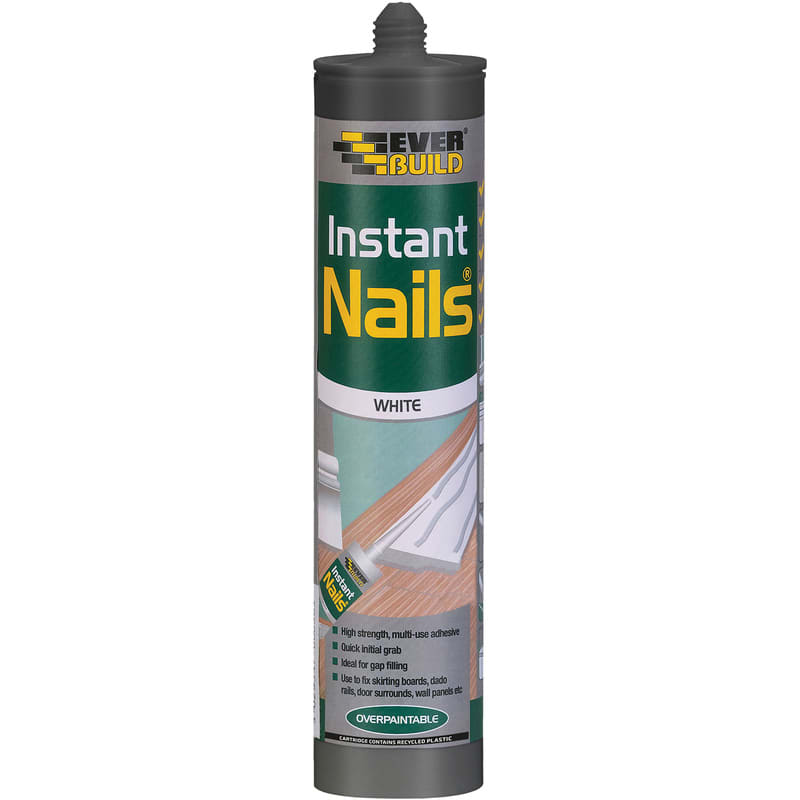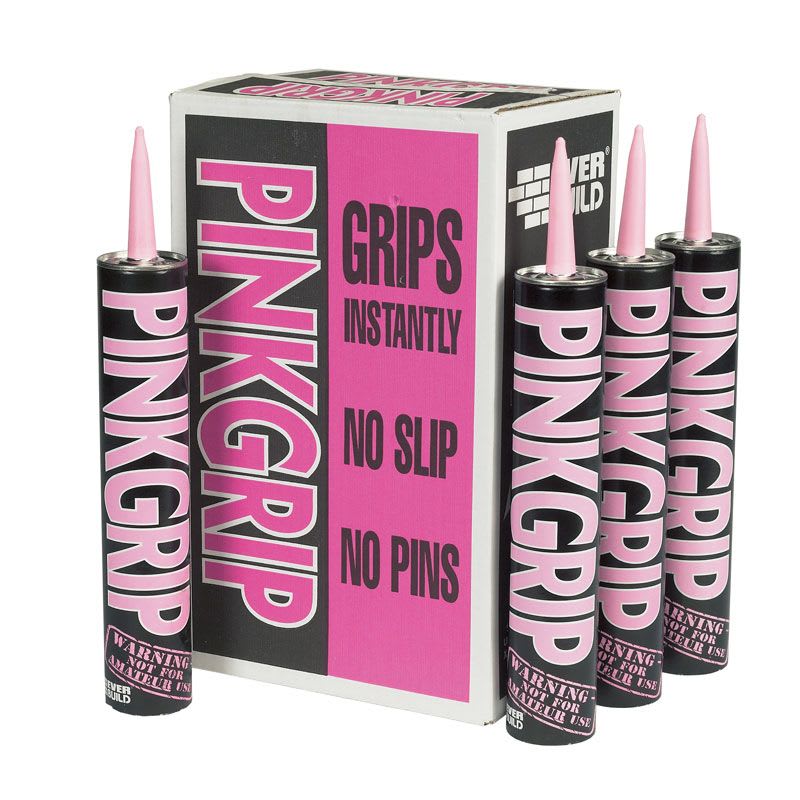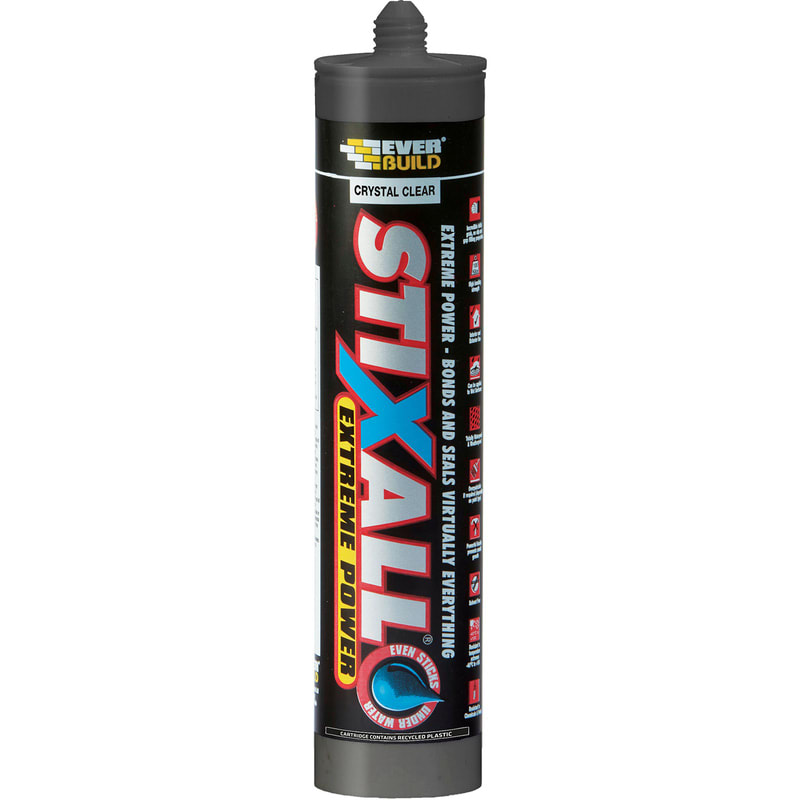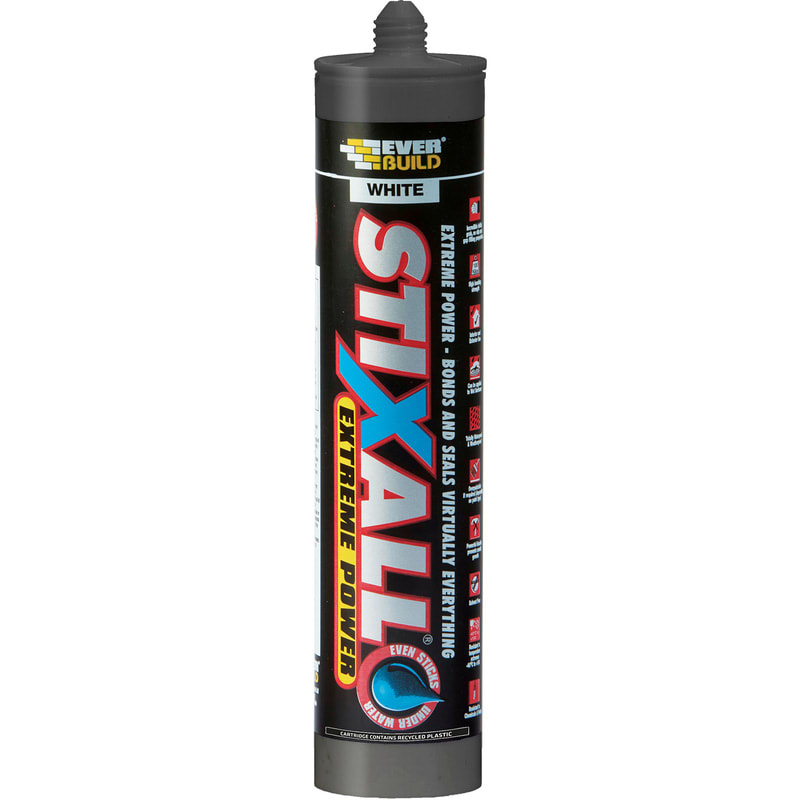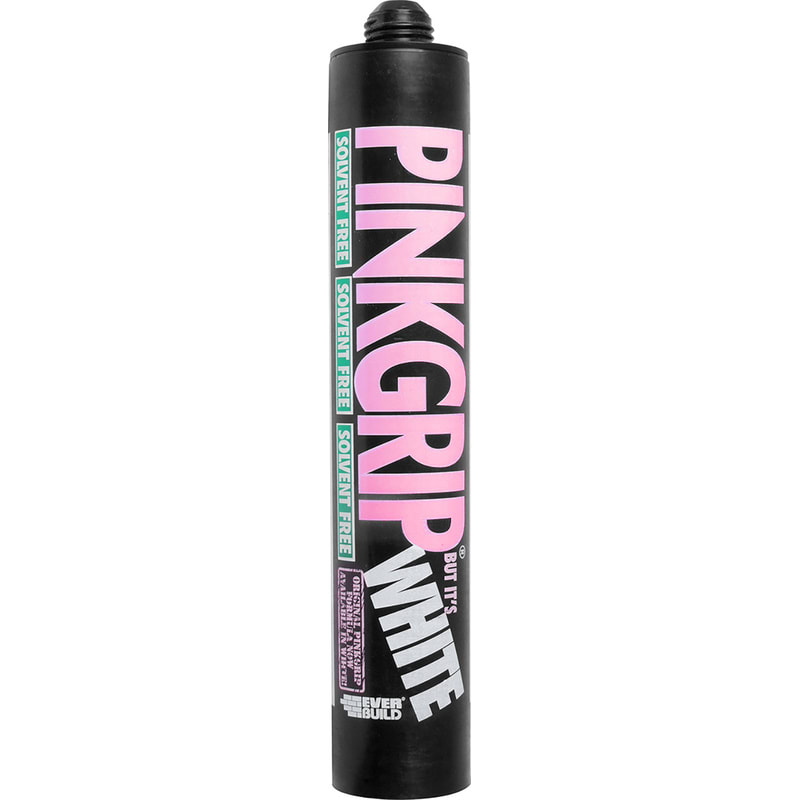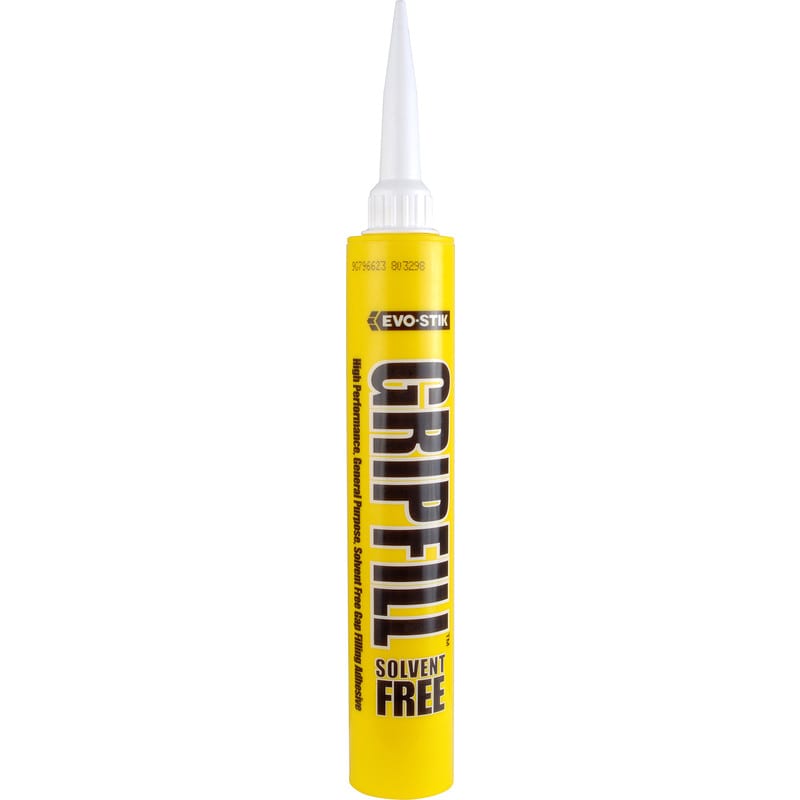Grab Adhesive
(15 Products)Grab adhesive is like the Swiss Army Knife of adhesives - it's versatile, reliable, and always there when you need it. Whether you're a DIY enthusiast or a professional contractor, grab adhesive is a go-to solution for all your bonding needs. But don't let its humble appearance fool you - this adhesive means business. It's strong enough to hold together the toughest materials, from wood to metal to plastic, and it's waterproof, heat-resistant, and even flexible in some cases.
What Are Grab Adhesives?
Grab adhesive, also known as construction adhesive, is a type of adhesive that is commonly used in construction and home renovation projects. It is a versatile adhesive that is designed to bond a variety of materials together, such as wood, metal, concrete, brick, and plastic.
Unlike traditional adhesive, grab adhesive does not require clamping or any other type of mechanical fastening to create a strong bond. Instead, the adhesive bonds to the surface of the material instantly, creating a strong and permanent bond that will last for years.
Another advantage of grab adhesive is its versatility. It can be used for a wide range of applications, such as securing window frames, attaching moulding and trim, bonding tiles and panels (floor tiles, kitchen tiles, and wall tiles), and even fixing broken furniture.
It is also an excellent adhesive for bonding different types of surfaces together, such as wood to metal or plastic to concrete.
Types of Instant Grab Adhesives
There are several different types of grab adhesive available on the market, each with their own unique properties and applications. Some of the most common types include:
- Solvent-based grab adhesive - Solvent-based adhesives, with SBR as their base component, have been used for an extensive range of construction applications including bonding skirting boards and wall panelling. Their quick skinning and curing properties along with strong adhesion make them the go-to choice for many contractors. However, it's not all good news - they are very pungent in smell while becoming increasingly brittle over time resulting quite often in delamination months or years later.
- Water-based grab adhesive - Water-based adhesives are predominantly based on acrylic polymers and can be used for a variety of assembly projects, such as attaching skirting boards, coving, and wall panels - you name it. They boast great bonding strength with quick curing times when applied to porous surfaces in moderate temperatures. Unfortunately, they don't work so well under colder conditions and on non-porous substrates.
- Hybrid grab adhesive - Utilising "modified silicone" and other advanced hybrid technologies, these grab adhesives are the freshest products on the shelf. As they provide excellent bonding to a wide range of substrates without being reliant on water or solvents, they have become increasingly popular for their resilience in cold weather conditions. Furthermore, with their permanent flexibility that won't break down over time and incredibly high grab factor, hybrid grab adhesives can be used for far more than just assembly applications - which makes them an indispensable asset to any toolkit or production line.
For all other types of adhesive that we stock, such as contact adhesive and wood glue, please refer to our Adhesives & Sealants homepage.
Benefits of Using Grab Adhesives
- Can be used to fill gaps
- Excellent adhesion properties
- Provides an instant "grab"
- The majority of brands are suitable for interior and exterior use
- Compatible with many substrates - timber, brick and plaster to name a few
Grab Adhesive Application Considerations
The majority of grab adhesives are applied via a cartridge gun. Users typically clip off the top of the cartridge just above its threading and securely fit on the nozzle to cut their desired bead size.
When using grab adhesive, it is important to follow the manufacturer's instructions carefully. The surface to be bonded should be clean and free of any dust or debris, and the adhesive should be applied in a thin, even layer.
It is also important to allow the adhesive to dry completely before applying any weight or stress to the bonded materials.
Frequently Asked Grab Adhesive Questions
What Surfaces Can Grab Adhesive Be Used On?
Grab adhesive can be used on a variety of surfaces, including wood, metal, plastic, brick, concrete, and ceramic. It's important to choose the right type of grab adhesive for the specific surfaces you're working with, as some formulations are designed for specific materials.
How Do I Apply Grab Adhesive?
To apply grab adhesive, simply squeeze a bead of adhesive onto one of the surfaces you want to bond, then press the two surfaces together firmly. It's important to apply the adhesive evenly and not use too much, as this can cause the adhesive to squeeze out and create a mess.
How Long Does It Take For Grab Adhesive To Set?
The setting time of grab adhesive varies depending on the formulation and the conditions it's used in. Some grab adhesives set in as little as 10 minutes, while others may take several hours or even overnight to fully cure. It's important to follow the manufacturer's instructions and allow the adhesive to set completely before using the bonded surfaces.
Is Grab Adhesive Waterproof?
Many types of grab adhesive are waterproof or water-resistant, making them suitable for use in damp or wet environments. However, it's important to check the manufacturer's specifications to ensure the adhesive is suitable for the specific application you're using it for.
Can I Use Grab Adhesive For Outdoor Applications?
Yes, many types of grab adhesive are suitable for exterior use. However, it's important to choose a formulation that is specifically designed for outdoor applications, as these adhesives are typically more weather-resistant and UV-stable.
Can Grab Adhesive Be Painted Over?
Yes, grab adhesive can usually be painted over once it has fully cured. However, it's important to check the manufacturer's specifications to ensure the adhesive is suitable for painting and to follow the recommended paint system.
What Is The Best Adhesive For Rubber?
When looking for a reliable adhesive to affix rubber, Cyanoacrylate - better known as ‘crazy glue’ or ‘super glue' - is the ideal material. This acrylic resin contains cyanoacrylate monomer, which quickly transforms into plastic upon curing. The bond it creates is incredibly robust and secure.

